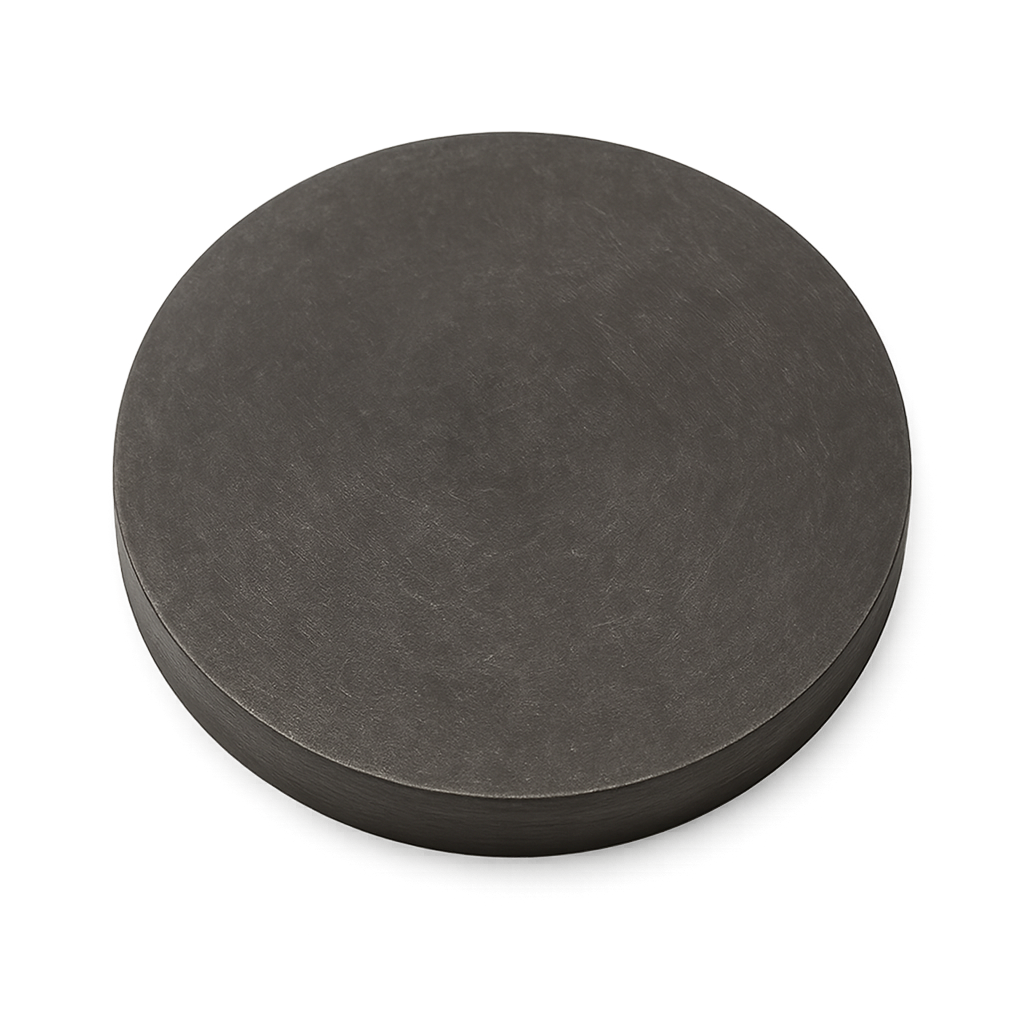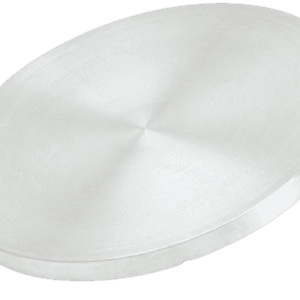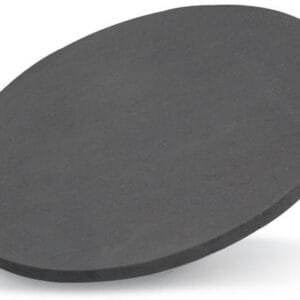Nickel Manganese Gallium Sputtering Target
Introduction
Nickel Manganese Gallium Sputtering Target is a specialized material used for fabricating thin films with tunable magnetic, electronic, and shape-memory characteristics. As a member of the Heusler alloy family, Ni-Mn-Ga enables functional coatings for sensors, actuators, magneto-mechanical devices, and research on smart materials. Its unique phase transformation behavior makes it valuable in advanced R&D environments and high-precision industrial applications.
Detailed Description
Nickel Manganese Gallium (commonly written as Ni₅₀Mn₃₀Ga₂₀ or customized compositions) is known for its ferromagnetic shape-memory effect, allowing thin films to exhibit controlled deformation under magnetic fields. When formed into sputtering targets, this alloy must maintain uniform elemental distribution, high density, and a stable grain structure to ensure consistent deposition performance.
Typical targets are produced via vacuum melting, hot pressing, or arc-melting followed by precise machining. These processes minimize porosity and help achieve a smooth sputtering behavior with fewer particles during deposition. Depending on customer requirements, targets can be supplied as monolithic discs or bonded to copper backing plates to improve heat-transfer efficiency during high-power sputtering.
Key characteristics include:
Stable phase composition supporting functional magnetic and shape-memory thin films.
High density and uniform microstructure ensuring smooth deposition.
Customizable stoichiometry for specialized magneto-mechanical R&D.
Optional copper-backing bonding for lower thermal resistance and enhanced durability.
Applications
Nickel Manganese Gallium Sputtering Target is widely used in:
Smart material research (ferromagnetic shape-memory systems)
Actuators and micro-actuator thin films
Magneto-strictive and magneto-elastic coatings
MEMS devices and micro-robotics components
Sensors for magnetic or mechanical detection
Academic and industrial R&D on Heusler alloys
Functional thin films requiring magnetic-field-controlled deformation
Technical Parameters
| Parameter | Typical Value / Range | Importance |
|---|---|---|
| Purity | 99.9% – 99.99% | High purity reduces impurities and improves film uniformity |
| Composition | Ni₅₀Mn₃₀Ga₂₀ (customizable) | Determines magnetic and shape-memory performance |
| Diameter | 25 – 300 mm | Fits PVD sputtering systems of various sizes |
| Thickness | 3 – 6 mm | Affects sputtering rate and stability |
| Bonding | Copper backing plate (optional) | Enhances heat dissipation and prevents cracking |
Comparison with Related Materials
| Material | Key Advantage | Typical Application |
|---|---|---|
| Nickel Manganese Gallium | Magnetic shape-memory behavior | Smart material thin films, sensors |
| Nickel Manganese | Strong magnetic response | Magnetic coatings, spintronics |
| Nickel Gallium | High corrosion resistance | Structural coatings, electronics |
| NiTi (Nitinol) | Thermal shape-memory effect | Biomedical actuators |
FAQ
| Question | Answer |
|---|---|
| Can the target be customized? | Yes, composition, purity, density, and dimensions can be tailored. |
| Do you offer copper-backing bonding? | Yes, Cu-backed targets are available for high-power sputtering. |
| What packaging is used? | Vacuum-sealed with foam protection in export-safe cartons or wooden crates. |
| What industries use this material? | MEMS, robotics, magnetic actuators, R&D laboratories, and smart-material development. |
| Can special stoichiometry be produced? | Yes, Ni-Mn-Ga targets can be manufactured with custom elemental ratios. |
Packaging
Our Nickel Manganese Gallium Sputtering Targets are vacuum-sealed and clearly labeled for easy identification and safe storage. Each target is cushioned with shock-absorbing materials and packed in export-ready cartons or wooden crates to protect against contamination and mechanical damage during transportation.
Conclusion
Nickel Manganese Gallium Sputtering Target provides a reliable solution for developing advanced functional thin films with magnetic shape-memory properties. With stable composition, consistent density, and full customization options, it serves both research laboratories and industrial PVD users seeking high-performance deposition materials.
For detailed specifications or a quotation, please contact us at sales@thinfilmmaterials.com.





Reviews
There are no reviews yet.